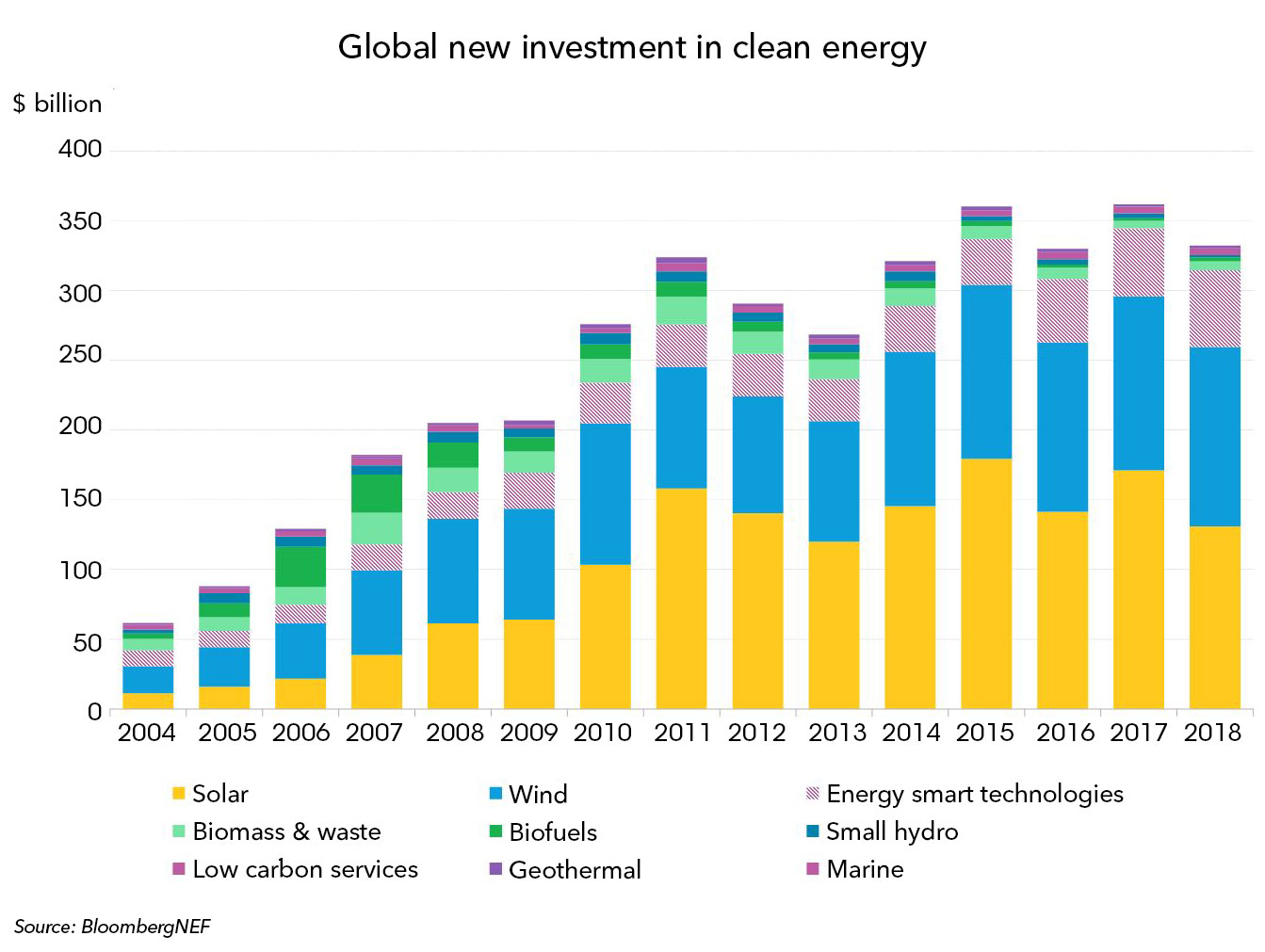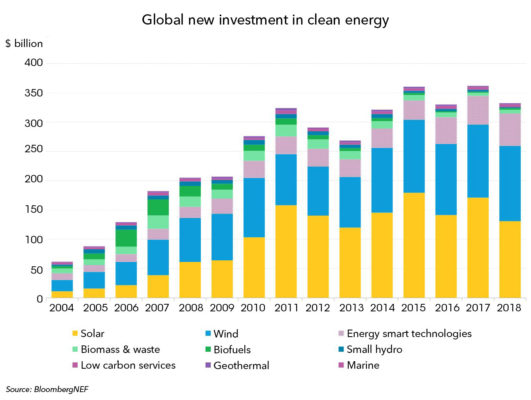An offer by Vestas for a majority stake in leading Indian wind turbine maker Suzlon ended without agreement, media reported. Apparently, the takeover price was the major problem.
Vestas´ package was worth close to $1.1bn for a majority stake in Suzlon. Suzlon´s market cap is just $360m (25bn rupees) today after Suzlon shares falling in Mumbai in the wake of the news.
Suzlon suffers from a heavy debt burden and is working with lenders to find a solution. Over the past years, the largest Indian wind turbine maker had to stop its high-flying global ambitions due to falling turbine prizes and the abrupt collapse of the Indian market. In 2015 it had to sell its German subsidiary (now: Senvion) and left the US market for some time. Suzlon´s market cap sank from 130bn rupees ($1.9bn) in 2015 to just 25bn rupees.
Suzlon´s debt stood at 111bn rupees ($1.6bn) in May 2019. It has defaulted on bond payments as early as 2012 and remained in a debt-restructuring program since. It defaulted again in April on a long-term bank facility repayment obligation. Another foreign-currency, convertible bond ($172m) is due in July this year.
It still has, however, a very strong position in its Indian home market including a strong order book and a 16 GW installed turbine base. This makes the company attractive for Danish turbine giant Vestas who makes another attempt to enter the promising Indian market and to catch up with its global rival Siemens Gamesa.
Vestas is the leading global onshore wind turbine maker with 10.1 GW of new installations and a global market share of 22% in 2018. The Danish giant is followed by China´s Goldwind (6.7 GW), GE (5.0 GW) and Siemens Gamesa (4.1 GW). The quadriga accounted for 57% of all wind turbines deployed last year.
Second and third tier manufacturers have difficulties to stem the investment for new turbine generations for onshore and offshore, strong price competition and global marketing and O&M. They also suffer from stop-and-go policies in their home markets, such as Germany and India.
Further consolidation can be expected. Enercon (Germany), Suzlon (India) and, to some degree, GE (US) and Goldwind (China), mainly rely on their respective home markets but this strategy is under pressure as truly global suppliers like Vestas and Siemens Gamesa are growing faster, have a more diversified portfolio and scale advantages in production.
Sources and more details:
https://www.rechargenews.com/wind/1803437/vestas-euro-1bn-suzlon-offer-deadline-passes-with-no-deal-report ($$)
https://www.bloomberg.com/news/articles/2019-05-08/billionaire-shanghvi-to-keep-suzlon-stake-despite-falling-value
Image: Courtesy Suzlon India
Read more on this and on related issues in the next edition of our bi-weekly newsletter Global Energy Briefing (more)



